Small habits in Japanese culture can be different enough to catch you out on your first trip. My guide explains each point as if you’ve never seen it before, what it is, why it matters, and what to look for, so you can blend in and enjoy your trip.
I was worried about upsetting locals without the intention on my first visit, and I picked up some good tips over my travels.
I have curated these into a quick list of dos and don’ts in Japan for tourists and then a more detailed break down of all the key points to consider for the first time traveller to Japan.
TL;DR: 8 everyday etiquette tips to blend in
- Trains are quiet: Offer priority seats; set your phone to silent; no voice calls (some cars ask for phones off near priority seats).
- Let people off first: Stand aside; board in order; don’t stop in doorways.
- Escalators: stand left in Tokyo/Kantō; right in Osaka; Kyoto varies—follow signs and copy locals; where signs say “stand, don’t walk”, stand on one step.
- Queues: line up on platform marks; move away from exits before checking your phone.
- Bags: wear backpacks on your front in crowds; place suitcases at carriage ends or overhead.
- Paying at the till: put cash or card on the money tray; no tipping.
- Chopsticks basics: don’t point or spear; don’t stick upright in rice; pass via the plate, not stick-to-stick.
- Eating on the go & rubbish: don’t eat while walking unless you’re in a signed festival/market area; carry waste and bin later; sort general waste / plastics / cans & bottles at your hotel.
My top tip! I saved this list to my phone so I can check it on the move
When you visit shrines & temples (simple steps)
- Approach: bow lightly at the torii; walk slightly left or right of the centre path.
- Purification (temizuya, water basin): left hand → right hand → rinse mouth with water in your hand → rinse handle (don’t touch the ladle to your lips).
- Prayer: small coin; bow twice; clap twice; silent wish; bow once. At Buddhist temples you usually skip claps—follow signs.
When you visit baths (onsen) & tattoos
- Basics: wash and rinse fully before soaking; towels and hair stay out of the water; no phones/photos.
- Tattoos: policies vary—use covers, pick tattoo-friendly venues, or book a private bath.
- Practical: many lockers take a ¥100 coin (often returnable).
Plan your trip: My itineraries, places to stay and downloadable Google Maps
Tokyo: 3-day Tokyo itinerary
Kyoto: 2-day Kyoto itinerary
Osaka: How many days in Osaka
All my guides: Japan travel hub
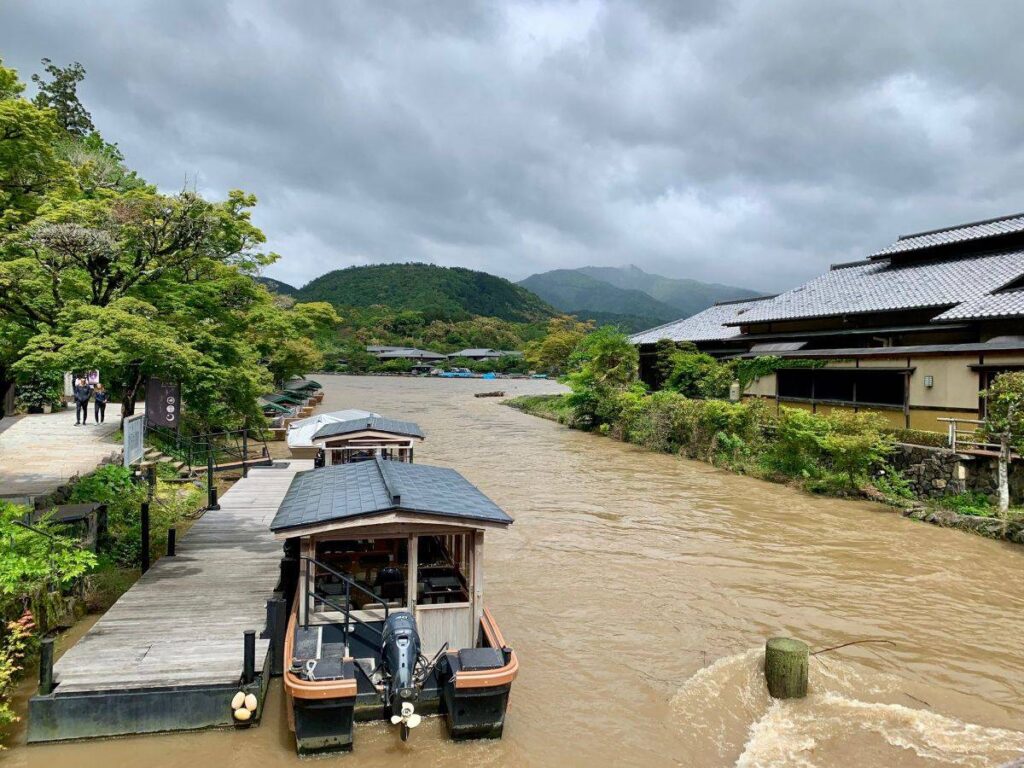
Transport etiquette: trains, metro and buses
Trains feel calm compared with home; small habits make the difference and will have you travelling like a pro..
My Top Tip! I switch my phone to silent before the ticket gate and wear my backpack on my front if it’s busy.
Priority seats & phones
What to consider: Seats marked for pregnant, elderly, injured, or those with small children; signs ask for silent mode.
Why it matters: Comfort for those who need it; calls carry in quiet carriages.
Look for: Priority icons above/beside seats; “Please set to silent/No calls” stickers.
Do this: Offer your seat; set silent mode; text is fine; if a call is urgent, step to the area between carriages; where signs request it, switch phones off near priority seats. If you’re unwell, wear a mask and avoid loud nose-blowing in the carriage.
For a smoother arrival and less time at immigration, set up the Visit Japan web QR code before you fly
Women-only carriages
What to consider: Some lines mark a carriage “Women Only” at certain times (often rush hour).
Why it matters: A calmer space for women; men shouldn’t board during those times.
Look for: Pink “Women Only” signs on doors and platform floor markings.
Do this: If you’re male, choose another carriage when the signs apply; outside those hours, anyone can board.
Are you planning days in the capital? Here’s my 3 days in Tokyo route that will help with the best things to see and do
Queuing & boarding
What to consider: Painted lines show where doors stop; people queue in lanes.
Why it matters: It keeps boarding orderly and quick.
Look for: Numbered door markers and arrows on the platform.
Do this: Join the line; let everyone off first; move away from exits before stopping; wait for the green man at crossings, even if the road looks empty.
Bags & luggage
What to consider: Space can be tight at peaks.
Why it matters: Backpacks on your back can block or bump people.
Look for: Notices asking to carry bags at your front.
Do this: Wear backpacks on your front in crowds; place suitcases at carriage ends or in overhead racks.
Escalators by region
What to consider: Standing side varies depending on where you are in Japan
Why it matters: Matching the locals keeps people moving and avoids upsetting people.
Do this: Stand left in Tokyo/Kantō. Right in Osaka. In Kyoto it can vary, copy nearby people or follow signs. Where signs say “stand, don’t walk”, stand still on one step.
Eating on trains: local vs long-distance
What to consider: Food etiquette differs by train type.
Do this: Avoid eating on local/metro trains. On Shinkansen and other long-distance trains it’s normal to eat a bento (ekiben). Pick low-odour foods and take your rubbish with you.
Are you planning several long distance trips? Weigh up whether the JR pass is worth it for your trip
TOP TIP! Make sure you are fully prepared with my “First time visitor to Japan starter kit”
BREAK DOWN THE LANGUAGE BARRIER: The key phrases to learn and technology to use to make your first trip to Japan easy
HOW TO STAY CONNECTED ON THE GO: The cheapest data and easiest way to make sure you can access everything you need
HOW TO AVOID CURRENCY FEES LIKE A PRO: The best cards for travel and withdrawing cash
22 SMARTPHONE APPS TO MAKE YOUR TRIP EASIER: The ultimate FREE apps to download before you go
SAVE 30-90 MINUTES AT CUSTOMS AND IMMIGRATION : The simple and FREE QR code to speed you through the airport
Paying made easy: money tray and cards
At the tills use a small tray, once you know it, paying is easy.
Paying at the till: the money tray
What it is: A shallow tray used to pass payment and change.
Why it matters: It is polite and makes counting easier.
Look for: A plastic or wooden tray by the till.
Do this: Put cash or your card on the tray; take change/receipt from the tray; no tipping.
Cards vs cash: simple rules
What to consider: You can’t pay card everywhere so consider this. Cities take cards widely; small places may not.
Why it matters: Avoid awkward moments at the till.
Do this: Expect to be able to pay by card at chains/attractions; carry notes and coins for small shops. Break large notes at convenience stores; keep a few ¥1,000 notes and coins. Take your change from the tray and avoid recounting it at the till.
Card payments are more widespread that many people have you believe. I pay about 80% of the time on card in Japan, the rest is cash for. My advice is always have some cash on you as it’s not always obvious what venues are cash or card just by looking at them. ATMs are easy to find though.
Convenience stores (konbini) in a nutshell
ATMs in many stores accept foreign cards. Some branches have a tiny eat-in corner; if not, eat outside, but only where it’s signed, otherwise take it away with you. Bins may be for cups/cans only. If you are in doubt my top tip is, do as the locals do.
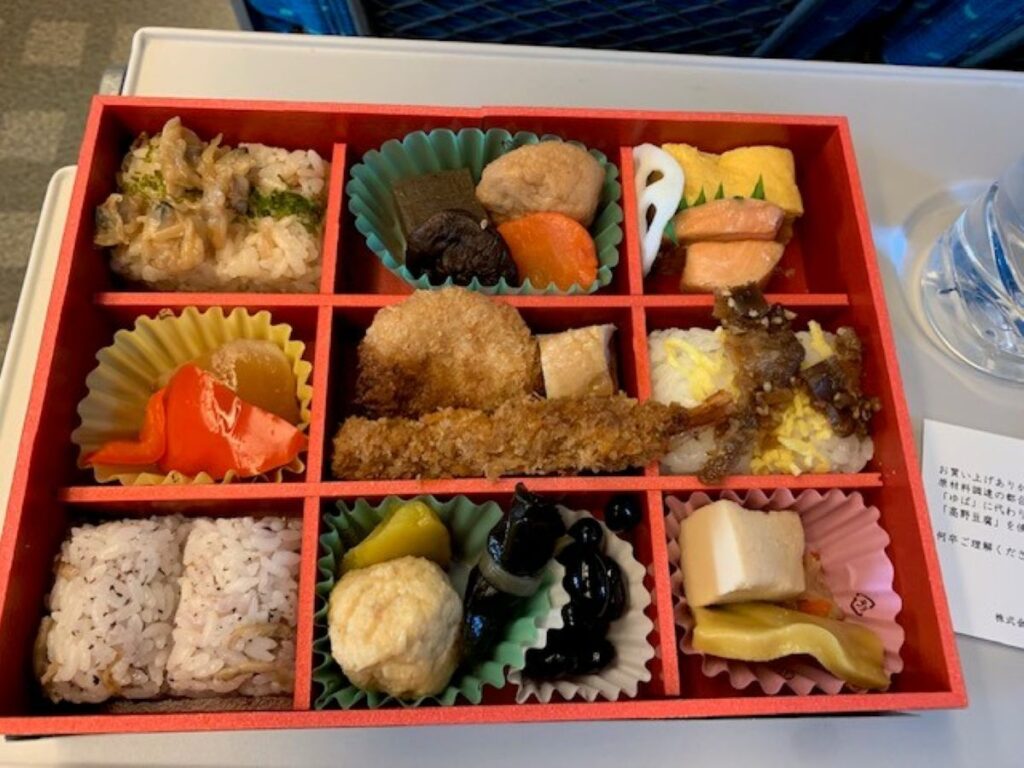
Dining basics: chopsticks, small phrases and shoes
A few table habits matter more than anything else.
My Top Tip! If there’s no chopstick rest, I fold the paper sleeve into one.
Chopsticks made simple
What to consider: A handful of taboos that surprise first-timers.
Why it matters: Two link to funeral rites, so they feel jarring to locals.
Look for: A chopstick rest (small block) or the paper sleeve.
Do this: Don’t point or spear; don’t stick chopsticks upright in rice; don’t pass food stick-to-stick—use the plate; rest chopsticks on the stand or sleeve.
Also useful:
- Finish what you order; taking leftovers away is uncommon.
- At sushi counters, dip the fish side into soy, not the rice, and avoid mixing wasabi into the soy unless the chef suggests it.
- Slurping noodles is fine at ramen/udon shops, but you don’t have to.
- Skip strong perfume at sushi bars; aromas affect other guests.
Quick useful phrase list
These will be helpful in restaurants, or try this if you are after more basic japanese phrases for your first trip
- Itadakimasu — before eating (“let’s eat”)
- Gochisōsama — after eating (“thank you for the meal”)
- Sumimasen — excuse me
- Arigatō gozaimasu — thank you (polite)
Street eating: generally avoid walking and eating; at festivals and markets, look for signed areas or eat beside the stall.
Shops: finish or bin drinks before entering; many places don’t allow food or open cups inside.
Photos: if there’s no photo sign, ask first—some sushi and kaiseki places don’t allow photos.
Shoes & indoor spaces
What to consider: Shoes off at the entrance; indoor slippers for floors; sometimes separate toilet slippers for the loo.
Why it matters: Clean floors are a strong norm at homes and some small venues.
Look for: A raised step (genkan), shoe racks, rows of slippers.
Do this: Remove shoes at the step; wear indoor slippers; switch to toilet slippers only in the loo and swap back after; point shoes towards the door.
My Top Tip! You should not wear shoes or slippers on tatami mats, make sure to remove both, tatami mats are socks or bare feet only
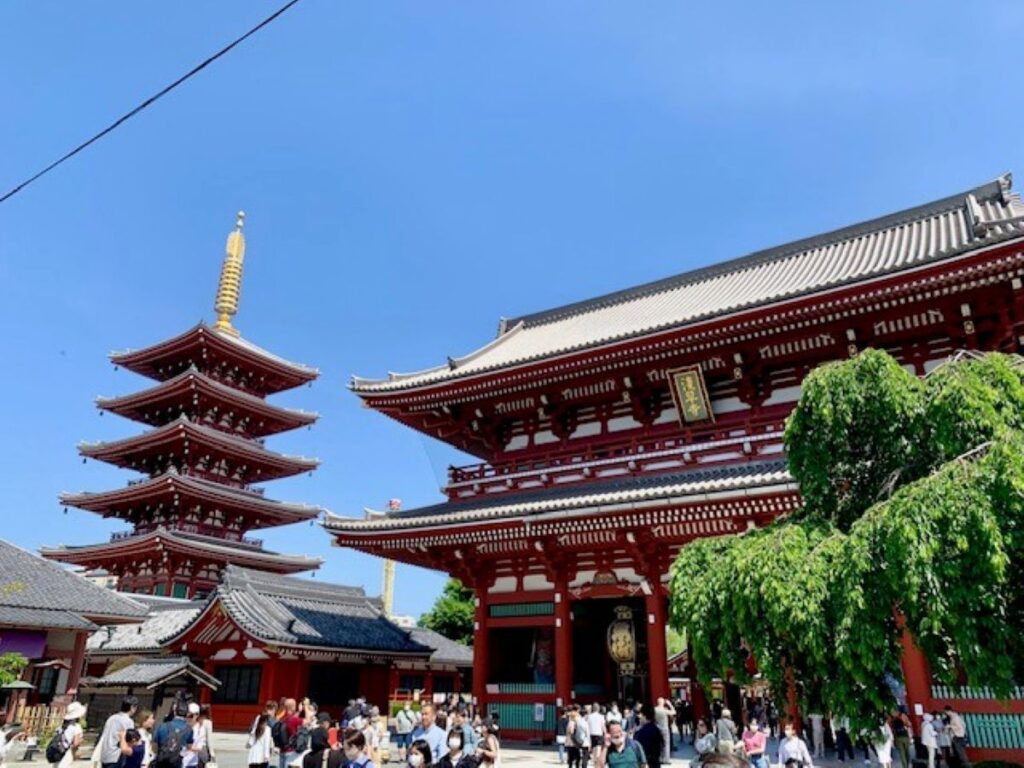
Shrines & temples: respectful in three steps
You’ll see many on your trip to Japan; follow the these simple steps and you’ll be fine.
My Top Tip! If i’m unsure, I watch one person for ten seconds, then copy their actions.
Torii & approach
What it is: A gate marking the shrine boundary.
Why it matters: The centre path is symbolically reserved.
Look for: Red/orange gate at the entrance.
Do this: Bow lightly before passing; walk slightly left or right of the centre.
Is Kyoto on your list, follow this Kyoto 2-day itinerary with map and costs
Purification (temizuya)
What it is: A short rinse before prayer at the water basin.
Why it matters: It signals respect and readiness.
Look for: A stone basin with ladles near the entrance.
Do this: Rinse left hand, right hand, pour into left hand to rinse your mouth (spit beside the drain), rinse left hand again, tip the ladle up to wash the handle. Don’t touch the ladle to your lips.
Prayer sequence
What it is: The basic order for offering at a shrine.
Why it matters: Helps you act confidently without making any faux pas.
Do this: Toss a small coin; bow twice; clap twice; make a silent wish; bow once. (At Buddhist temples, usually no claps—follow signs.)
Photo etiquette at shrines and temples
What to consider: Limits on photos in sacred areas.
Why it matters: Protects worshippers’ privacy.
Look for: “No photos” signs; ropes or curtains around inner spaces.
Do this: Put the camera away where signed; never take photos of people while they pray.
Dress code at temples and shrines: There is no strict dress code but modest and tidy is sensible. You will see many locals remove their hats inside, mirroring this is a good idea.
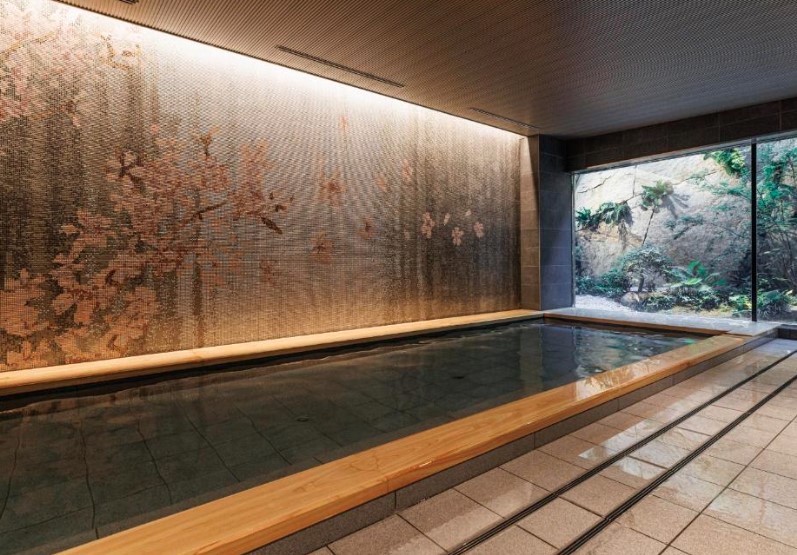
Onsen & public baths: what to expect
Baths are about soaking when clean, washing comes first.
My Top TIp! I keep a ¥100 coin and a small face towel in a zip pouch.
Onsen basics
What it is: Communal hot spring soaking after a full wash.
Why it matters: The bath is for soaking clean; hygiene is essential.
Look for: Shower stations with stools and hand-held showers.
Do this: Undress in the changing room; wash and rinse thoroughly; enter the bath clean; keep towels and hair out of the water; no phones/photos.
Tattoos: your options
What to consider: Some venues restrict visible tattoos.
Why it matters: You could be refused entry if you don’t plan ahead.
Look for: Tattoo policy on signs or the website. I strongly recommend checking before you go to avoid disappointment and wasted time
Do this: Use cover stickers, choose tattoo-friendly baths, or book a private/family slot. Ask at reception if unsure.
Locker & towel tips
What to consider: Small practicalities that make your life easier.
Why it matters: Avoids delays at the door.
Do this: Carry a ¥100 coin for lockers (often returnable); bring a small face towel for drying before re-entering the changing room.
Want an easy onsen day trip from Tokyo? Try my Hakone loop itinerary and stay in one of the best ryokan Hakone has to offer
Rubbish, sorting and quiet streets
Public bins are rare, something that surprised me on my first trip. Don’t be that tourist, carry any waste.
My Top Tip! I fold a spare convenience-store bag into my pocket each morning.
Rubbish: few bins, what to do
What to consider: Public bins are limited; you may have to carry waste for a while.
Why it matters: Explains why you can’t always bin things straight away.
Look for: Bottle/can bins by vending machines; general bins in stations/parks are not always present.
Do this: Keep a small bag; use bottle/can bins when you see them; never leave rubbish beside a full bin.
Sorting at hotels
What to consider: Local rules for separating waste. What you need to do with your rubbish bag if you have to bring it back with you
Why it matters: Hosts can be fined for mistakes.
Look for: Labels on hotel or rental bins: general waste (often “burnable/combustible”), plastics, cans/bottles.
Do this: Rinse bottles before binning; ask reception if labels are unclear.
Smoking: designated areas only
What to consider: Walking and smoking is restricted in many districts.
Why it matters: You can be fined or asked to move on.
Do this: Use marked outdoor smoking spots or indoor smoking rooms; don’t smoke while walking.
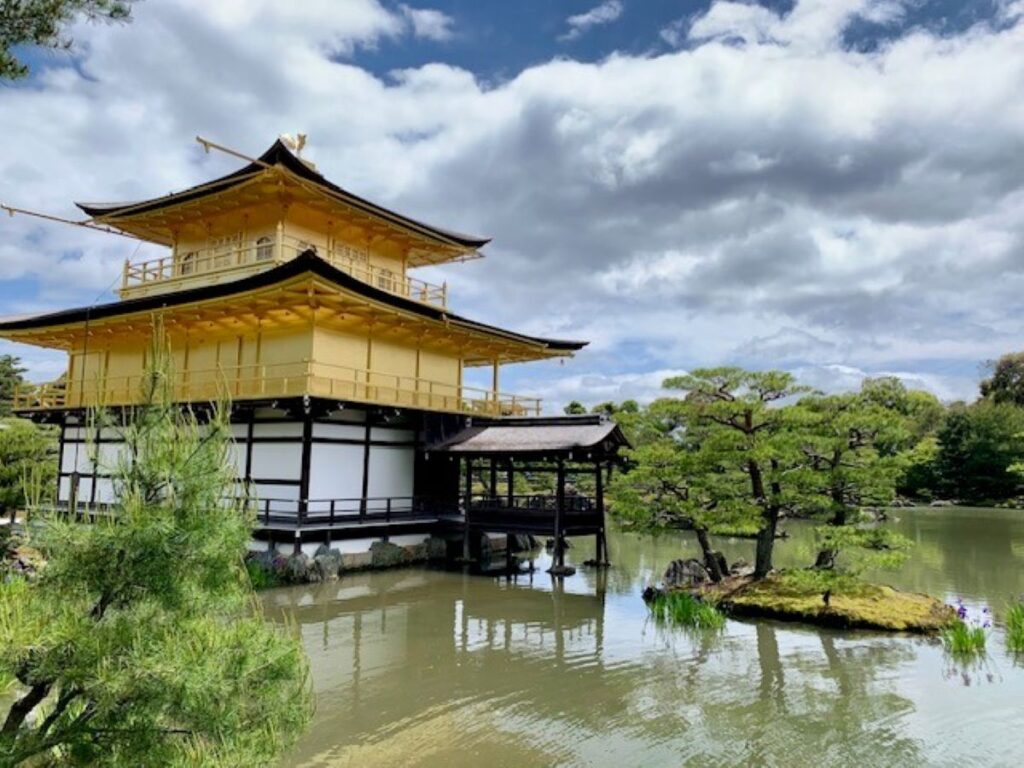
Regional differences & useful exceptions
A few local habits matter more than strict “rules”, following them can help you mix with the locals.
My Top Tip! If I’m unsure, I copy the nearest local and follow the signage.
Escalators by region
What to consider: Standing side isn’t the same everywhere.
Why it matters: Consistency keeps people moving.
Do this: Stand left in Tokyo/Kantō, right in Osaka; Kyoto varies, watch locals or signs; where signs say “stand, don’t walk”, stand still.
Eating on the street (when it’s OK)
What to consider: Places designed for eating on the move. This was another one I wasn’t aware of, unless it’s stated you shouldn’t be eating on the street
Do this: Eat within the marked area or beside the stall; use the provided bins or take the products with you.
Kyoto alleys (Gion)
Don’t stop geiko/maiko for photos; obey any “no photography” signs in private lanes and be careful where you walk.
There has been more of this in recent years as the locals attempt to combat over tourism, be contientious and aware.
Choosing a base near Gion? see where to stay in Kyoto so you can pick the right area for you
FAQ’s about etiquette in Japan
Do I have to be naked at an onsen?
Usually yes. Some big bath complexes have swimsuit areas—check signs.
What if I have tattoos?
Use covers, pick tattoo-friendly venues, or book a private bath; ask at reception.
Can I take a pram on trains?
Yes. Use lifts where possible, avoid peak crush, and park near carriage ends.
Can I wear shorts and sandles in Japan?
Yes. This is a common myth that is not founded in any fact. Both are fine, especially in the summer when the weather warms up. It’s best to avoid both for smart restaurants though.
Do people still wear masks?
Situational, it is more common on transport, follow venue signs and copy locals.
Can I pay by card everywhere?
Cards are common in cities; small eateries may be cash-only. I normally pay about 80% of the time on card, but you need to have cash on you as some places only take cash. ATMs are readily available in most cities, so it’s easy to ensure you have some
Is it OK to eat while walking?
Generally no, except in festival/market zones or where signs allow it.
Can I talk on the phone on trains?
No voice calls in carriages. Step to the area between carriages if urgent.
Is hugging or kissing in public common?
Keep it low-key. It isn’t something you will see in public, so be conscious of those around you
I’ve got a restaurant booking—how punctual do I need to be?
Arrive on time. Being 15 minutes late can mean losing the table.
Final Tip on dos and don’ts in Japan
This might feel like a lot to consider, but the Japanese are very welcoming and will appreciate you trying. I would recommend focusing on the transport and payment etiquette on your first day, a lot will come naturally as you see others.
My firm motto is, if you’re unsure watch the locals and follow their lead.
NEXT: pick a short route with my best 7-day Japan tour or book a base from the best Tokyo hotels for all budgets

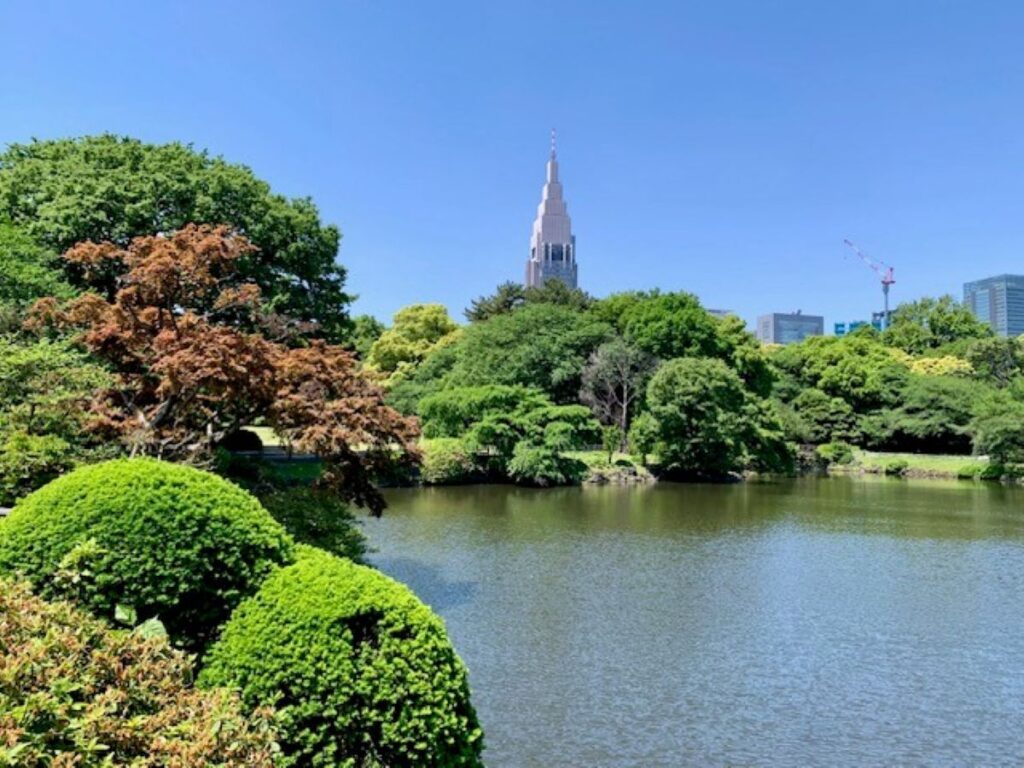
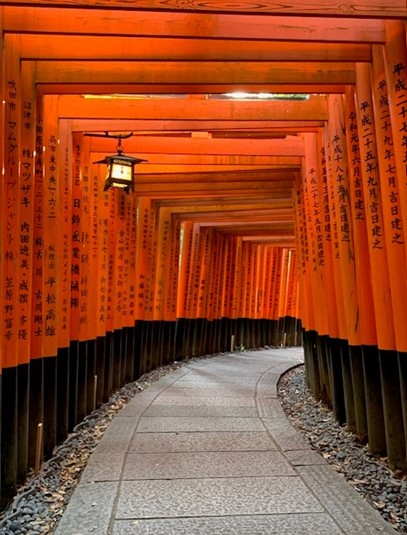
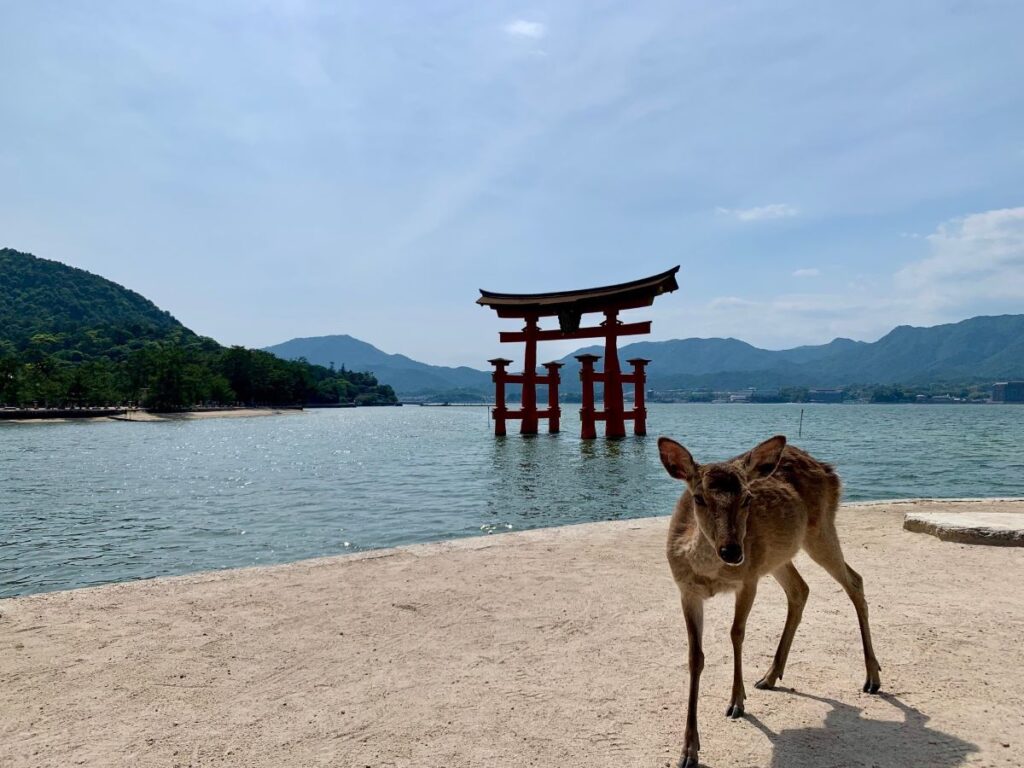
Pingback: Kyoto in 2 Days: A First-Timer’s Itinerary with Map & Costs
Pingback: The Best 7 day Japan tour: first timer itinerary
Pingback: Best Ryokan in Hakone: Private onsen, prices & areas
Pingback: The perfect Hakone loop itinerary for the best time